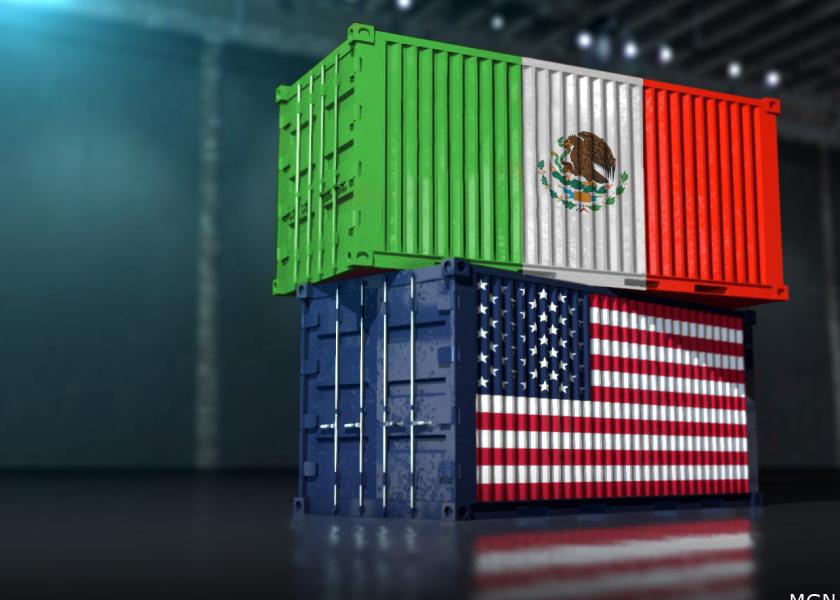China Dethroned as Top U.S. Exporter by Mexico Amid Supply Chain Shifts

China, the top exporter to the U.S. since 2006, likely lost its position to Mexico in the past year. This shift in rankings is a consequence of changing dynamics and tensions between the two largest economies, reshaping global supply chains. Of note:
- U.S. imports from China decreased by over 20% during the January-November period of 2023, as per U.S. Commerce Department data. This drop reduced China’s share of total U.S. imports to 13.9%, the lowest since 2004, down from its peak of over 21% around 2017. U.S. exports to China remained relatively stable.
- Mexico is poised to become the top exporter to the U.S. for the entire year, a position it hasn’t held since 2000. Imports from Mexico are expected to reach a record high in 2023, constituting over 15% of the total for the first 11 months of the year.
- Imports from the European Union also reached a record high during this period. Despite a slight dip in shipments from the Association of Southeast Asian Nations (ASEAN), their share of total U.S. imports has doubled over the past decade.
- Japan’s share of U.S. imports remains below 5%, despite the value of its shipments increasing due to the strengthening of the dollar. Japan’s share has declined significantly since 2000 as Japanese manufacturers increased U.S. production.
- The U.S. is diversifying its suppliers for products like consumer electronics, reducing its reliance on China. For example, smartphone imports from China dropped about 10%, while imports from India increased fivefold. Laptop imports from China decreased by roughly 30%, but those from Vietnam quadrupled.
- The Biden administration is promoting “friendshoring,” which involves keeping supply chains within allies and partner countries. Tariffs on Chinese products, initiated by the Trump administration, are being maintained.
- The Federal Reserve has expressed concerns about the impact of reduced U.S./China trade on inflation, with some analysts suggesting that domestic production of previously cheap Chinese goods could lead to higher prices by tightening the labor market.
- Chinese companies are adjusting their business strategies in response, with some investing more in Mexico and setting up production facilities in North America.
- China is also working to reduce its dependence on U.S. exports by promoting the use of the yuan in international transactions with other countries, such as Russia, the Middle East, and South America. Chinese exports to Russia notably increased in 2023.
China’s auto exports grew by about 60% during the same period, primarily comprising gasoline-fueled vehicles sold at lower prices in the Middle East and Africa to address weak domestic demand.
Learn more about Pro Farmer's news, analysis and advice - start a free trial (no credit card required)







